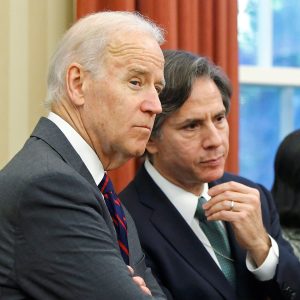
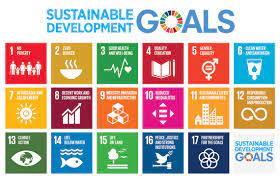 The current state of the international system. That is what I hope RisingBRICSAM can tackle in the next set of posts. While I remain the named blogger here at RisingBRICSAM, I shall not be undertaking this task alone. Nope. I have been fortunate enough these past weeks to be working with a great set of recent, or near MGA graduates from the Munk School of Global Affairs & Public Policy, University of Toronto.
The current state of the international system. That is what I hope RisingBRICSAM can tackle in the next set of posts. While I remain the named blogger here at RisingBRICSAM, I shall not be undertaking this task alone. Nope. I have been fortunate enough these past weeks to be working with a great set of recent, or near MGA graduates from the Munk School of Global Affairs & Public Policy, University of Toronto.
And all of us in various ways have had opportunities to examine in some detail aspects in the evolving global order. In addition, many of these same researchers have joined in the China-West Dialogue (CWD) research and online meetings. But more on that in a moment.
There is as you will see a host of significant influences shaping the global order and its politics. Probably the most immediate has been Covid-19. The waves of the virus have had a significant influence on all the major and minor actors in the global system.
The global public health crisis has also underscored the growing array of new actors in the global order. Of course the many states – leading powers, major powers, emerging and developing powers, and also the international organizations both formal and the often forgotten but in fact critical informal institutions.
The array of these state actors have been significantly supplemented during the pandemic by sub-state actors – whether regions, networks or local actors and even more dramatically non-state actors such as foundations, public and private corporations. The pandemic has underscored the growing role of technology and digital organizations. One of the envisaged posts will focus on the global developments of Agenda 2030 – the 17 Sustainable Development Goals (SDGs) – and the threat that the Covid-19 pandemic has posed to achieving these critical global development goals by the end of the decade.
The virus has been dramatic globally. But then as well has been the replacement of the Trump Administration and its ‘America First’ foreign policy in the United States with the Biden Administration’s autocracy versus democracy and build back better world (B3W). Both administrations grappled with, or amplified, the reemergence of geopolitics with the intensifying rivalry between the United States and Xi Jinping’s China. Even in these early months, the Biden Administration has represented a highly different domestic and diplomatic effort from the often chaotic years of Trump policies though it appears the Biden Administration has moved slowly on revising aspects of American foreign policy including with China. Some of the early and continuing analysis and research at the Global Summitry Project (GSP) on US and US-China foreign policy has been undertaken by the China-West Dialogue Project (CWD) co-chaired by Colin Bradford, non-resident senior fellow from Brookings and myself. For almost two years we have met largely virtually with thought leaders – former officials, policymakers, academic experts – from around the globe to build a narrative that can accommodate competition, avoid confrontation and vitally permits collaboration – an approach that counters the ideological divisions that have emerged with rising US-China tensions.

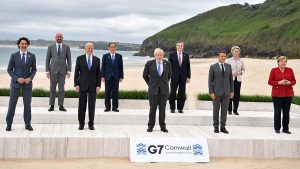 This weekend we open on a sustained set of Summits beginning with the G7 hosted by the UK in Carbis Bay. Along with various states easing restrictions and beginning to open after months of Covid lockdown, we now have the in-person opening of this summit season. The G7 will be followed by a NATO gathering, then an EU-US summit and then a sort of ‘back to the future’ classic ‘cold war’ summit, this between US President Biden and Russian President Vladimir Putin.
This weekend we open on a sustained set of Summits beginning with the G7 hosted by the UK in Carbis Bay. Along with various states easing restrictions and beginning to open after months of Covid lockdown, we now have the in-person opening of this summit season. The G7 will be followed by a NATO gathering, then an EU-US summit and then a sort of ‘back to the future’ classic ‘cold war’ summit, this between US President Biden and Russian President Vladimir Putin.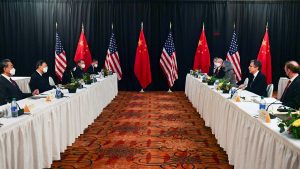
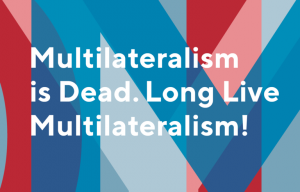
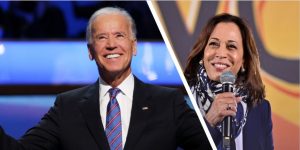
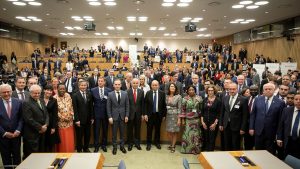
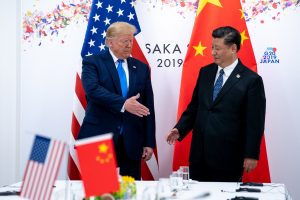

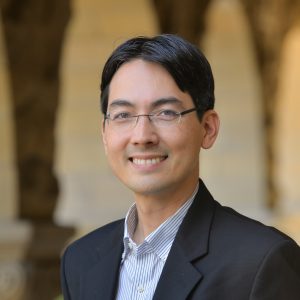
 So to restart our Global Summitry podcast series for the new roaring ’20s – the ‘Now’, the ‘Summit Dialogue’ and the ‘Shaking the Global Order’ series, I had connected with my good colleague Tom Wright from Brookings. Tom is the director of the
So to restart our Global Summitry podcast series for the new roaring ’20s – the ‘Now’, the ‘Summit Dialogue’ and the ‘Shaking the Global Order’ series, I had connected with my good colleague Tom Wright from Brookings. Tom is the director of the